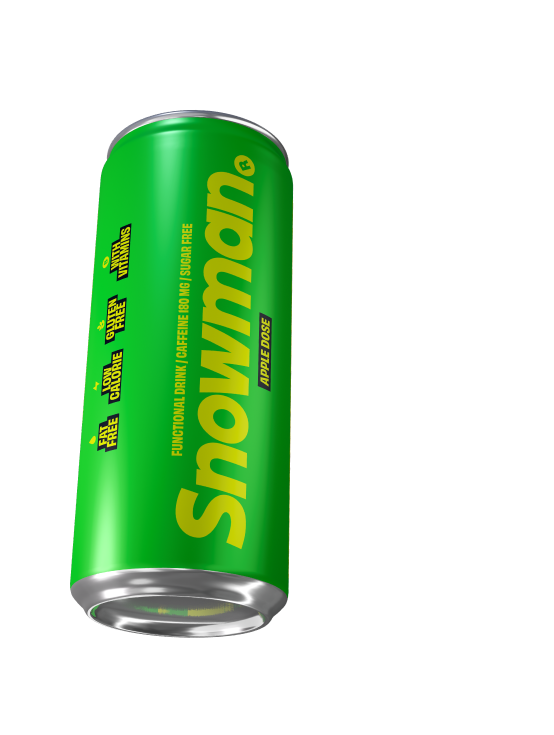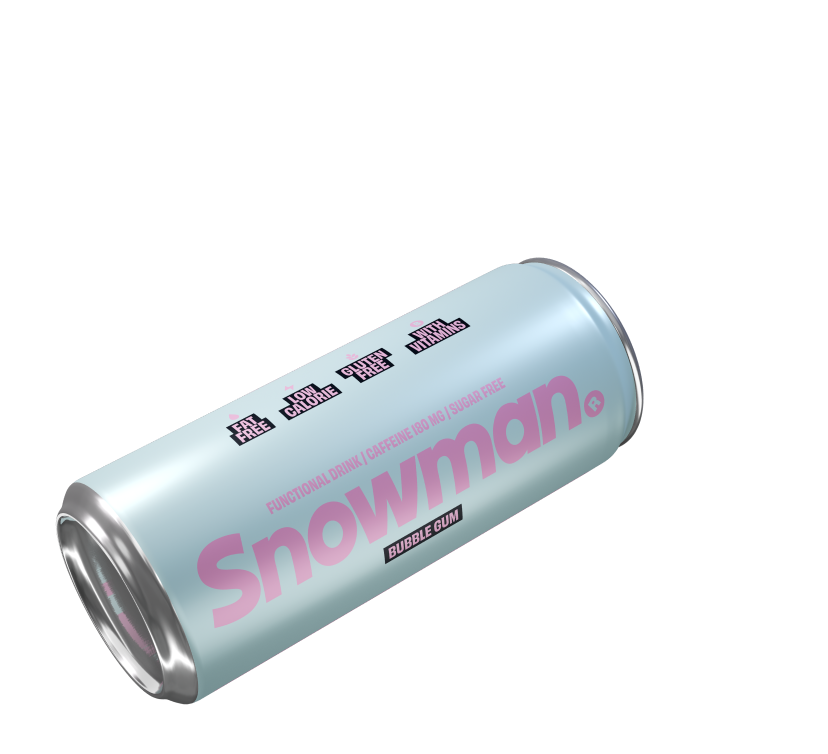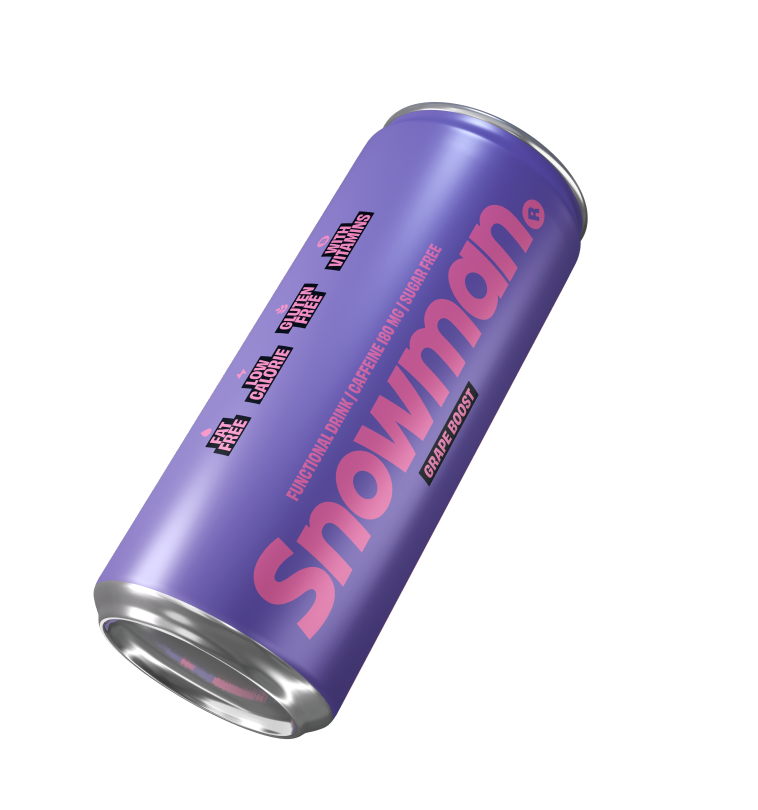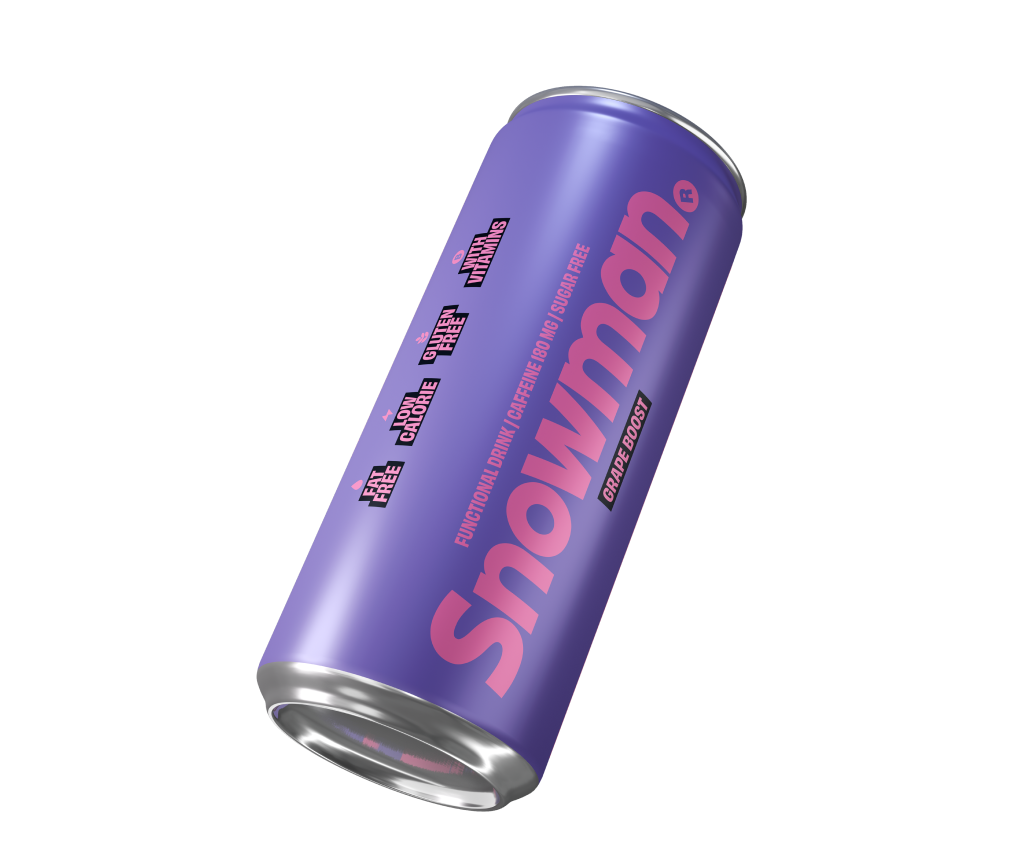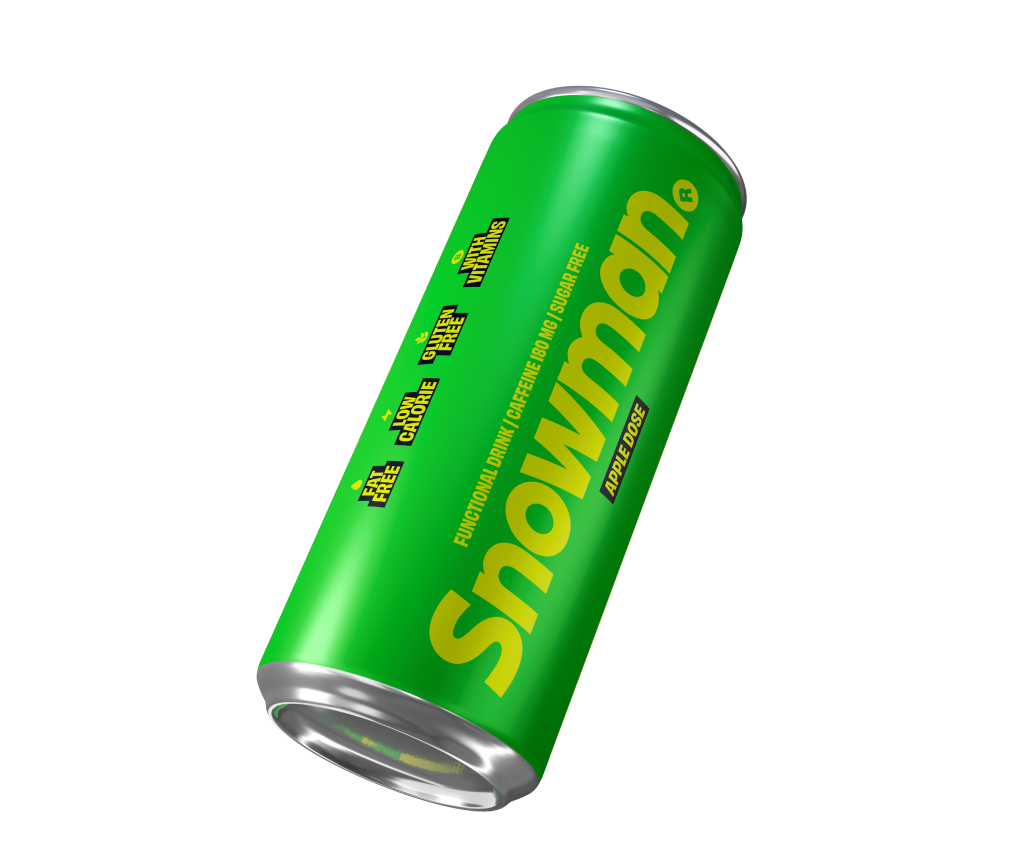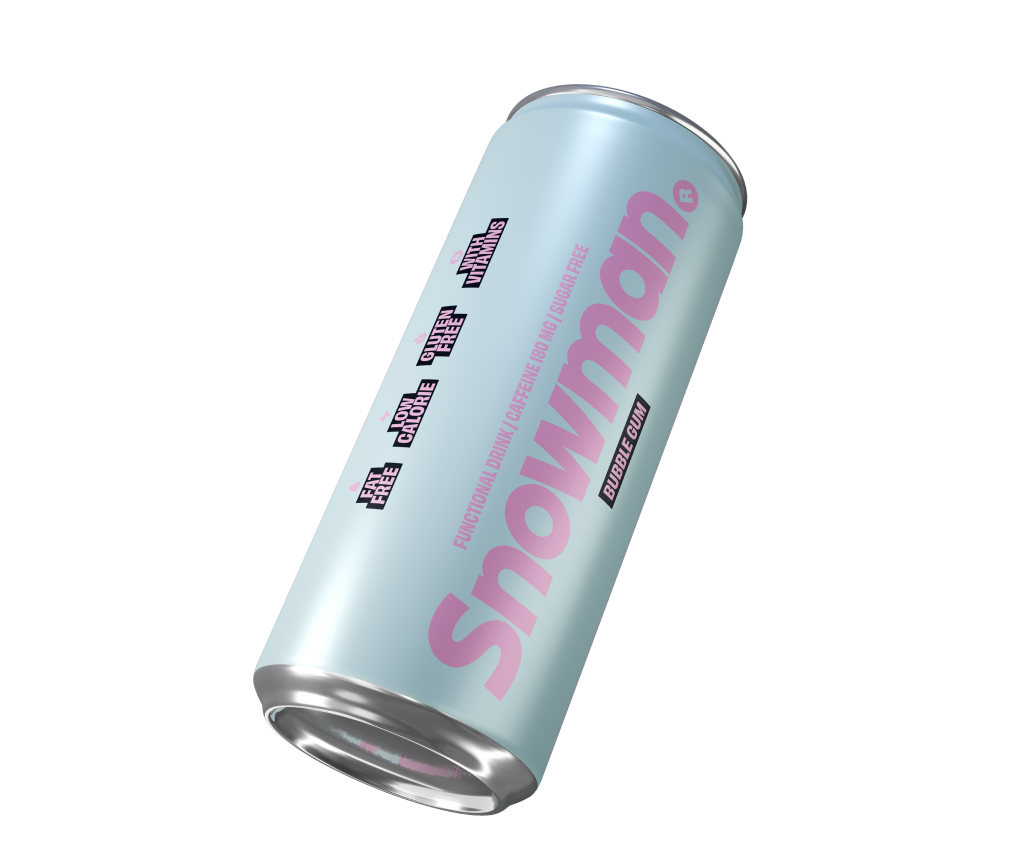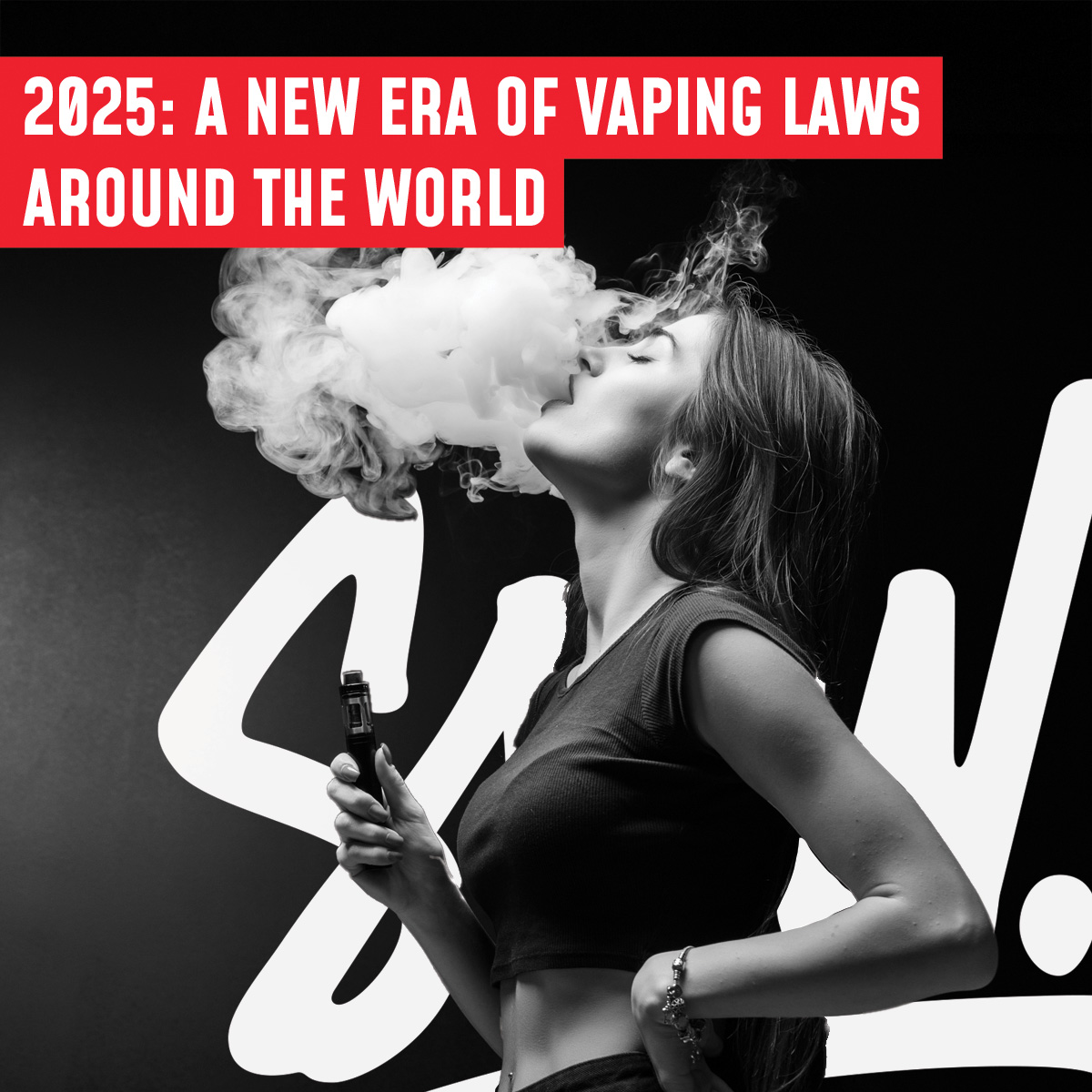
Evolution of vaping has been fast. The past decade has seen an explosive transformation in the way people consume nicotine, with e-cigarettes and other vaping devices becoming increasingly popular across the globe. But this innovation isn’t just technological—it’s legal, too. While the design and formulation of vape products continue to evolve rapidly, so do the policies that regulate them. What began as a largely unregulated market has become one of the most intensely scrutinized sectors in the health and wellness space.
In 2025, global legislation surrounding vaping is moving at breakneck speed, with governments responding to mounting evidence, public health concerns, and societal pressures to protect their populations, particularly youth, from unregulated nicotine use.
As vaping trends shift, so too must the laws, creating a fast-paced and complex legal environment for both consumers and manufacturers.
From Open Market to Legal Scrutiny: The Early Days of E-Cigarette Regulation
When e-cigarettes first entered the market in the mid-2000s, they were marketed as a safer alternative to traditional smoking, a revolutionary innovation for smokers seeking a less harmful habit. However, the absence of historical data on long-term effects and the novelty of the devices meant that most countries were slow to implement any substantial regulations. For several years, consumers could purchase and use vaping products with little to no oversight—there were few restrictions on age, flavor options, nicotine concentrations, or marketing tactics.
As popularity surged, so did the unintended consequences. Vaping among teenagers and young adults increased, with many drawn in by sweet, candy-like flavors and aggressive online advertising. Reports of lung-related illnesses and the rise of black-market vape products began to raise red flags globally. Governments realized they could no longer afford to wait for long-term studies before taking action. Gradually, regulations were introduced, marking the beginning of a more structured and cautious approach. Over the past ten years, the pendulum has swung from leniency to rigorous scrutiny, with the year 2025 reflecting the most comprehensive regulatory framework yet.
2025: A New Era of Vaping Laws Around the World
In 2025, vaping regulation has matured into a multifaceted legal framework that varies significantly by country but follows a shared goal: control, safety, and accountability. Below is a snapshot of current laws and upcoming regulatory shifts in several key countries:
- United States: The FDA now requires all vape products to undergo a rigorous Premarket Tobacco Product Application (PMTA) process. Flavored products, with the exception of menthol and tobacco, are banned nationwide. There is also a federal cap on nicotine concentrations (no more than 20mg/mL), and online sales must include strict age verification.
- Canada: Health Canada has introduced new packaging regulations that require large warning labels and plain packaging. Flavored vape products are restricted to adult-only retail locations, and advertising is heavily curtailed. There’s also a national registry for vape manufacturers to improve accountability.
- Australia: Vaping products containing nicotine are available only by prescription. The government is implementing further restrictions on non-prescription imports and significantly increasing fines for violations. The packaging must be pharmaceutical-grade, and public vaping is broadly banned.
- China: As the world’s largest producer of e-cigarettes, China has nationalized its vaping industry under the State Tobacco Monopoly Administration. All production is now state-regulated, and exports must comply with international standards. Domestically, flavored products are restricted, and all products must undergo mandatory certification.
- Norway: Vaping laws in Norway have become stricter in alignment with EU directives. Flavors are restricted to menthol and tobacco, nicotine caps are enforced at 20mg/mL, and advertisements are banned. The government is also considering taxation policies similar to those applied to combustible cigarettes.
- Sweden: Known for its progressive stance on harm reduction, Sweden allows a broader range of flavors and promotes vaping as a cessation tool. However, it still enforces quality control, child-resistant packaging, and marketing restrictions.
- Netherlands: Flavored e-liquids are now banned, and only tobacco-flavored options are permitted. The Dutch government has also begun requiring health warning inserts inside vape product packaging and has imposed a nicotine limit of 20mg/mL.
- Latvia: Latvia has taken a stringent approach, banning online sales and flavored vape products. All packaging must display graphic health warnings, and taxation has increased significantly. The government is working closely with schools to implement anti-vaping education programs.
Here’s a table summarizing these regulations for quick reference:
| Country | Flavor Restrictions | Nicotine Cap | Sales Restrictions | Advertising Rules |
| USA | Only tobacco/menthol allowed | 20mg/mL | Age verification, PMTA required | Limited to adult-focused platforms |
| Canada | Restricted to adult stores | 20mg/mL | Plain packaging, national registry | Heavy restrictions |
| Australia | Prescription only | 20mg/mL | Prescription and import limits | Banned |
| China | State-regulated, limited flavors | 20mg/mL | Export certification, domestic controls | Regulated |
| Norway | Only menthol/tobacco | 20mg/mL | Taxes similar to cigarettes | Banned |
| Sweden | Wider flavor range allowed | 20mg/mL | Quality control enforced | Restricted |
| Netherlands | Only tobacco flavor | 20mg/mL | Health inserts in packaging | Banned |
| Latvia | Flavored banned | 20mg/mL | No online sales, school education | Graphic warnings |
Our Commitment at Snowman: Navigating Change, Innovating Responsibly
At Snowman, we understand that staying ahead in the vaping industry means more than just offering sleek devices or flavorful e-liquids—it means respecting the regulatory landscape and responding to both legal changes and consumer needs with agility and care. Our mission has always been to provide a premium vaping experience that prioritizes user safety and satisfaction while aligning with current laws and ethical business practices.
Every new Snowman product is the result of meticulous research and feedback analysis. Whether it’s adjusting nicotine levels, modifying flavors to meet compliance, or redesigning packaging to follow new labeling standards, we’re not just reacting—we’re anticipating. We’ve also established a legal compliance team that tracks international developments in real-time, allowing us to update our manufacturing protocols and distribution processes seamlessly across markets.
Our flavor scientists, legal advisors, and product developers work hand-in-hand to ensure that Snowman products not only meet but exceed safety and quality standards. We are proud to say that our customers can enjoy our devices knowing that each one has passed through a system of checks that considers everything from chemical composition to legal certification. In a rapidly evolving industry, Snowman remains a reliable, responsible, and forward-thinking brand.
A Global Acknowledgment of Responsibility: Evolution of Vaping
As we observe the increasingly strict regulations introduced in countries around the world, one thing becomes clear: governments are recognizing the vast reach and influence of vaping culture and taking meaningful steps to address it. Whether through flavor bans, nicotine caps, prescription-only access, or educational outreach, these actions demonstrate a collective understanding that unregulated nicotine use—especially among young people—poses real public health risks.
Yet, this wave of regulation is not just about control. It reflects a sense of care and responsibility. Countries like Sweden have shown that harm reduction and public health can coexist, while others like Canada and Norway are placing health concerns above economic interest. The Evolution of vaping might be affecting it in the future. These efforts speak volumes about how seriously nations are taking their duty to protect citizens while still allowing room for innovation and personal choice in nicotine consumption.
By placing reasonable boundaries and creating consistent regulatory environments, governments are giving the vaping industry clear frameworks within which to operate. This makes it possible for responsible companies – like Snowman – to innovate without fear of violating unclear rules and to deliver high-quality products with integrity.In conclusion, 2025 stands as a milestone in the vaping industry—a year not just of innovation, but of accountability. As consumers, manufacturers, and regulators continue to learn from one another, the future of vaping looks to be more balanced, more thoughtful, and ultimately, safer for everyone involved.
